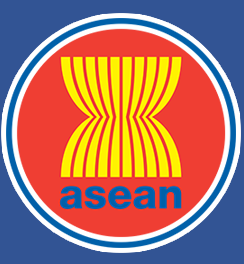ASEAN Journal on Science and Technology for Development
Abstract
Microorganisms in petroleum product, including jet fuel, have been found by some English andAmerican authors since the 20’s of the last century. In 1958, after Bakanaukas isolated many microorganisms in jet fuel JP4, this topic was especially concentrated. Most of microorganisms living in jet fuel are able to degrade hydrocarbon of the fuel to obtain energy and carbon source for their growth. The presence of microorganisms in jet fuel not only brings about the lost of fuel in store process, but also briefly changes the component and structure of jet fuel. Moreover, the products of their metabolism, such as organic acids, alcohols, H2S are corrosive. Hence, they cause many problems for fuel reservoirs and tanks, leak plugging pipelines. Besides, filter system and plugging pipeline can become obstructed because of microorganisms’ biomass. This influences the plane safety. Therefore, many countries in the world consider microorganisms criteria as an important standard to estimate the jet fuel quality. From 1985 to 1990, in our country, Vietnam, there were some science projects about microorganisms in TC1 fuel. At the present, as all country in Asia, Vietnam used to utilize and import hundred tons of jet A1. Tropical climate of Vietnam is the suitable condition for growing of microorganisms. With C8-C18 alkane chains, jet fuel is carbon source for a lot of microorganisms, especially bacteria and fungi, which harmfully affect plane safety. Therefore, we aimed Vietnam airlines company to control the number of microorganisms in jet fuel of all Vietnam airplanes, as well as study on the diversity of microorganisms in trace water in fuel samples, looking for the reason why filter is obstructed to contribute to the jet fuel storing and safety in Vietnam.
Publication Date
11-22-2017
Recommended Citation
Thuy, Hien Lai; Thi, Hang Pham; Thi, Nga Vuong; Hoang, Hai; Nobuyasu, Yamaguchi; and Katsuji, Tani
(2017)
"MICROBIAL DIVERSITY IN TRACE WATER OF JET FUEL IN VIETNAM,"
ASEAN Journal on Science and Technology for Development: Vol. 25:
No.
2, Article 14.
DOI: https://doi.org/10.29037/ajstd.260
Available at:
https://ajstd.ubd.edu.bn/journal/vol25/iss2/14

